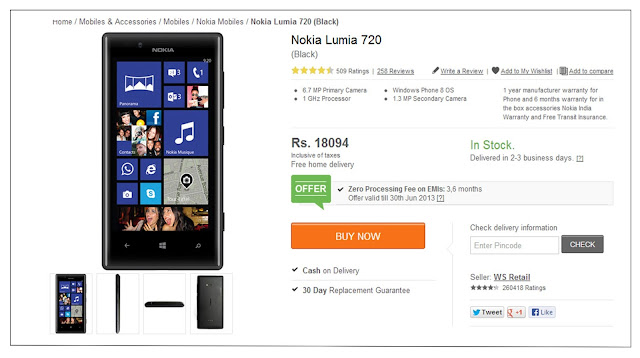Your Portfolio: Dull or Dynamite?
No matter what
your business — whether it’s providing Christian
forums or graphic designs — more clients and employers are looking at your
portfolio. Maybe that golden goose of an idea really took off and now you’re
considering building forums or designing logos for more clients.
More important
than any resume or cover letter is your portfolio. Showcasing your best work in
an electronic, easy to navigate, and diverse portfolio is what helps build your
career and your reputation. How can you know that you’re putting your best foot
forward?
Do’s of Killer Portfolios...
Do consider
the target audience of the portfolio. What kind of clients do you want and what
kind of people does your particular style attract? Does a blog or web site work
better? Build your portfolio based on who’s going to be looking at it. Keep
things simple. Your samples will speak clearly without the need for additional
bells and whistles. The point of a portfolio is to showcase your talent as
easily as possible.
Do take full
advantage of the “About Me” section. Be playful. Be unique. Be wholly you. This
is the place to be a little quirky, engage the reader, and get that potential
customer to like you – and hire you. Do think of questions you’d want answered
and answer them in advance.
...and the Don’ts
Don’t use an
email contact form. It feels impersonal, takes more time to fill out, and might
drive a client away. Provide a professional email address and phone number.
Make it as easy to contact you as possible. Don’t shrug off SEO elements.
Consider what key words and phrases clients will be searching for. If you’re a
party planner in Portland, make sure “party planner Portland” is peppered
throughout your portfolio.
Don’t forget
to keep things updated – especially if you choose the blog option. Include new
samples, keep the “About Me” page fresh, and make sure contact information is
current.
Get Superficial
Your portfolio
is all about looks. Choose your best samples that highlight your skills.
Sometimes less is more and it’s always quality over quantity. Don’t be tempted
to include every single project you’ve ever completed. Try to include a diverse
sampling. If you’re just starting out, it’s perfectly fine to use college
projects.
Organization
is also key. Include the most desired types of projects first as well as the
samples you are most proud of. When you’re passionate about a particular
project, that dedication will shine through. Just because a portfolio is
virtual doesn’t make order any less important than the old school hardcopy
portfolios.
Rave Reviews
After you’ve
completed a particular project for a client, don’t be shy – ask for a written
review of your work and for permission to publish the comments in your
portfolio. References can go a long way. These personal statements on your work
can help you land a client.
Most satisfied
clients will be happy to write a review. The best part? It’s a win-win
situation. Offer to include the reviewer’s name, business, and link to their
web site in exchange for their kind words.




Comments
Post a Comment